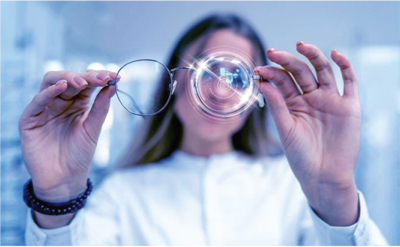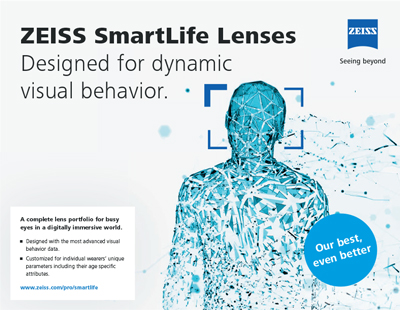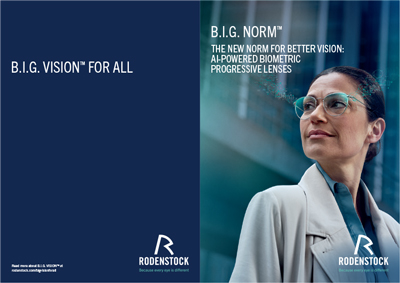| 
|
| IOT’s Lens Data Advisor is an AI-powered design system that leverages machine learning algorithms to create personalized progressives.
|
|
|
| 
|
| Zeiss’s new, refreshed SmartLife lens portfolio uses AI as part of the company’s Intelligence Augmented Design (IAD) approach.
|
|
|
| 
|
| Rodenstock’s B.I.G. Vision (Biometric Intelligent Glasses) uses AI to determine more precise lens calculations for important biometric parameters in the eye.
|
|
|